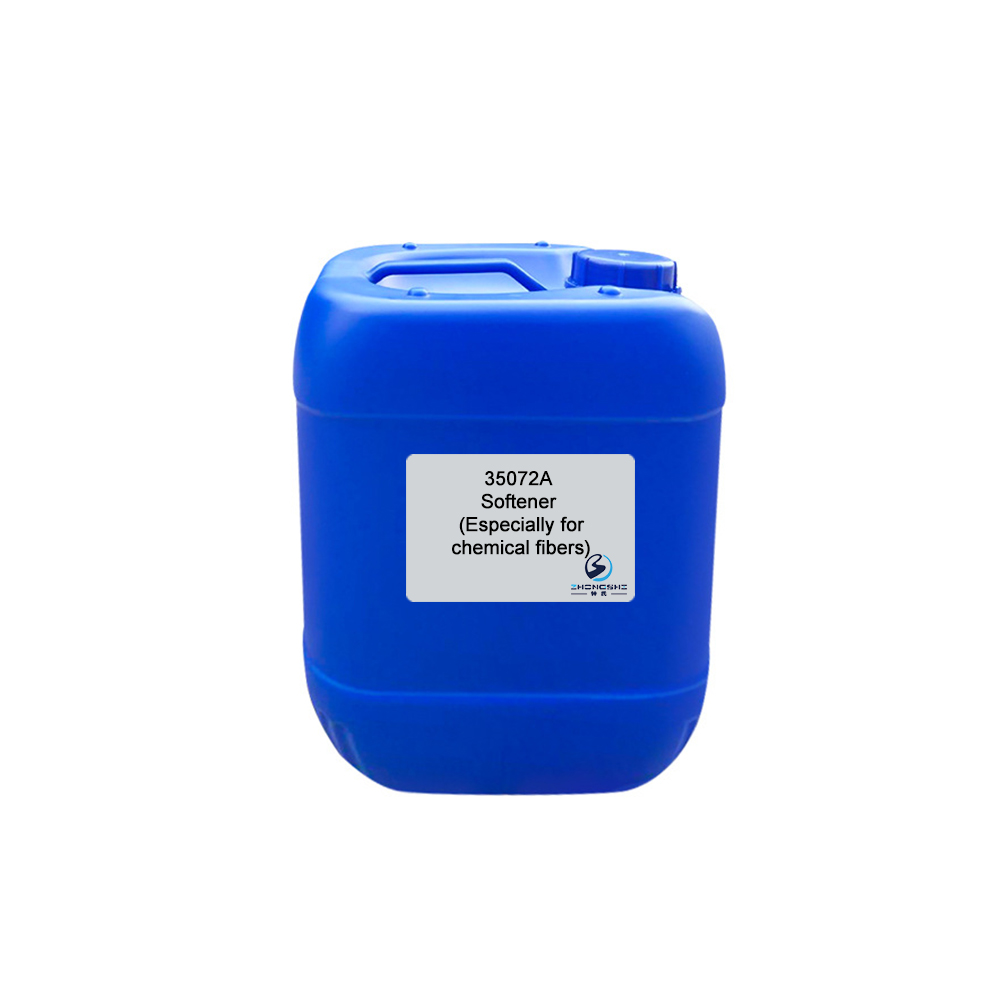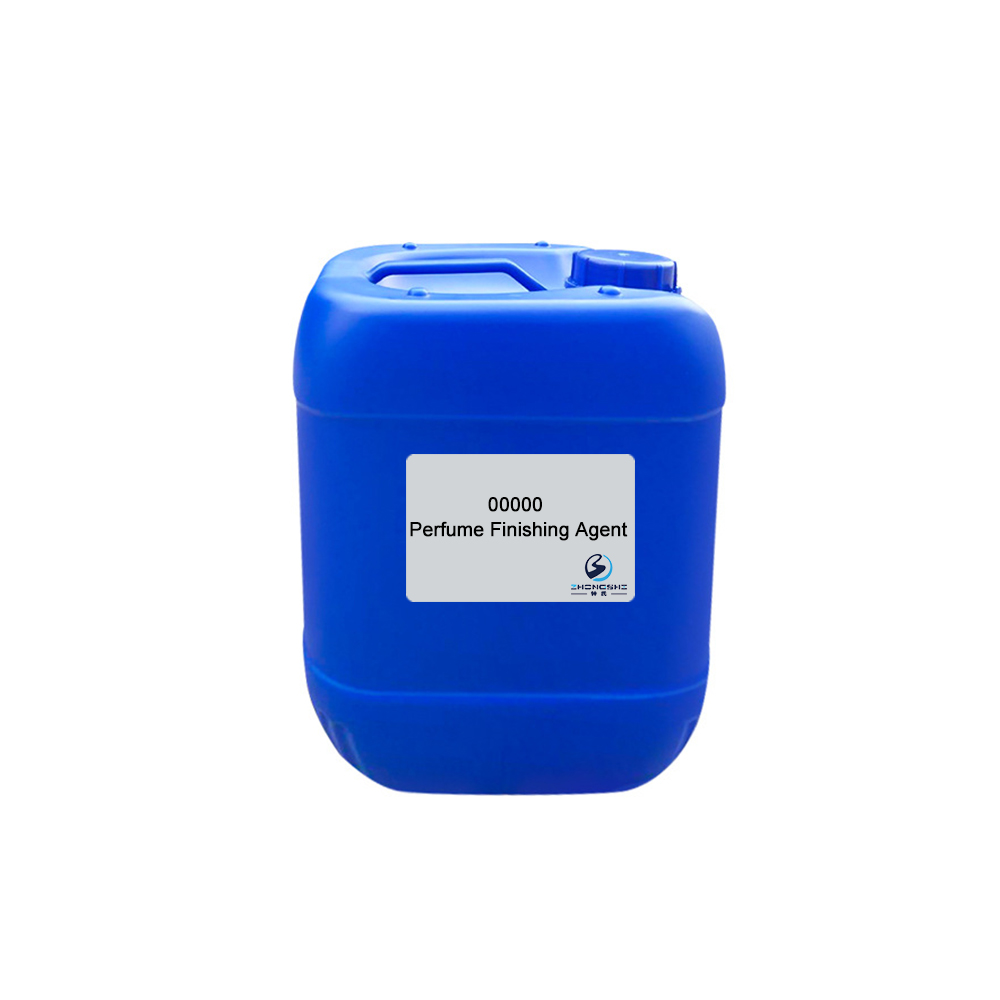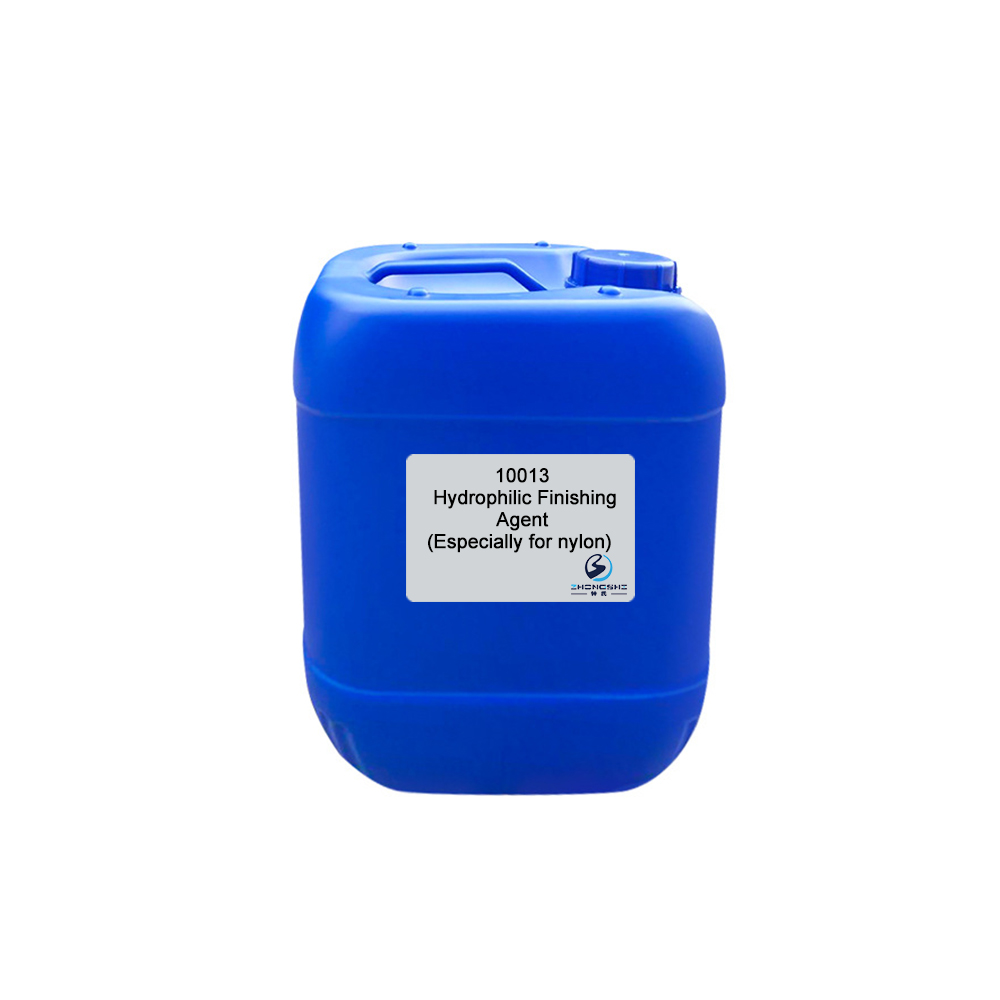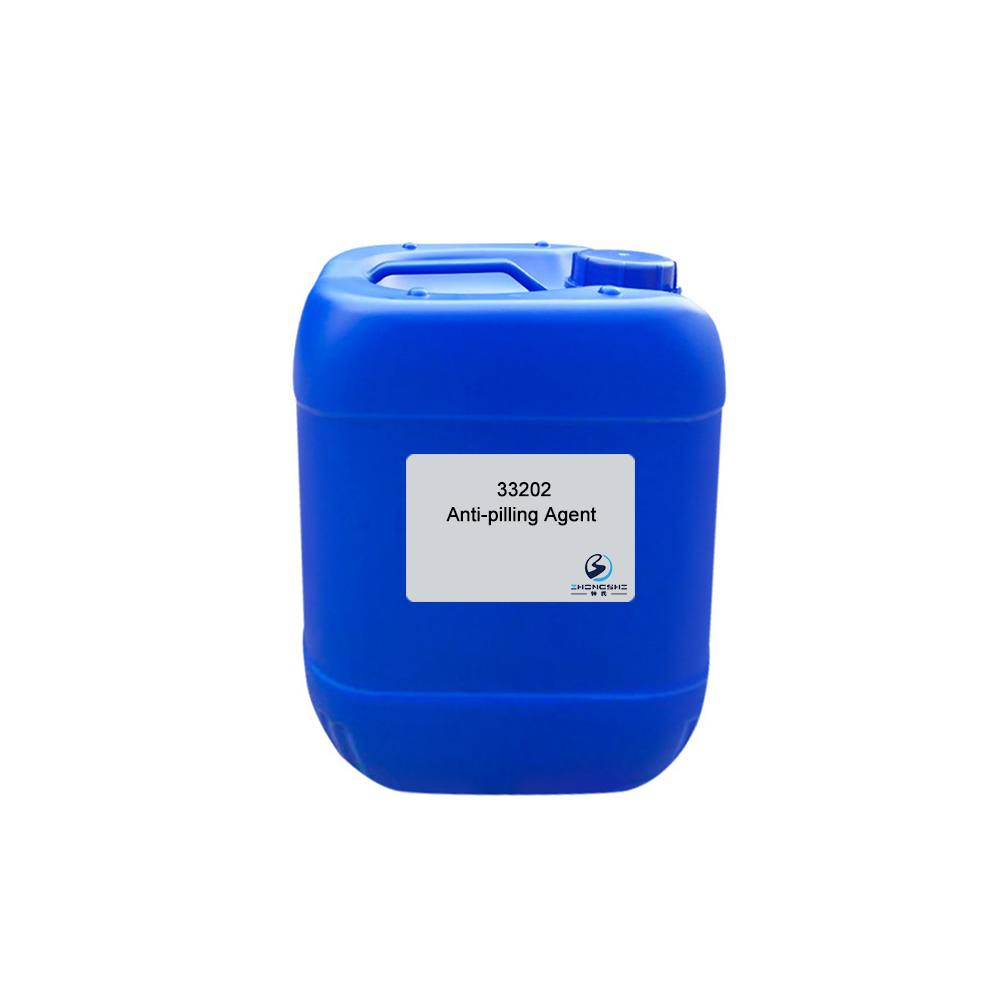Hot Sale for Fabric Penetrant - 35072A Softener (Especially for chemical fibers) – Innovative
Hot Sale for Fabric Penetrant - 35072A Softener (Especially for chemical fibers) – Innovative Detail:
Features & Benefits
- Suitable for dyeing and softening one bath process, which simplifies process and increases efficiency.
- Can be applied in dyeing bath of microdenier and compact and thick chemical fiber fabrics. Effective prevents dyeing defects.
- Extremely little influence on color shade.
Typical Properties
| Appearance: | Turbid fluid |
| Ionicity: | Nonionic |
| pH value: | 6.0±1.0 (1% aqueous solution) |
| Solubility: | Soluble in water |
| Content: | 9% |
| Application: | Chemical fibers, as polyester and nylon, etc. |
Package
120kg plastic barrel, IBC tank & customized package available for selection
TIPS:
Properties of cotton fiber
Cotton fiber is one of the most important natural textile fibers of plant origin and accounts for about one third of the total world production of textile fibers. Cotton fibers grow on the surface of the seed of cotton plant. Cotton fiber contains 90~95% cellulose which is an organic compound with the general formula (C6H10O5)n. Cotton fibers also contain waxes, pectins, organic acids and inorganic substances which produce ash when fiber is burnt.
Cellulose is a linear polymer of 1,4-β-D-glucose units linked together by valence bonds between the carbon atoms number 1 of one glucose molecule and number 4 of another molecule. The degree of polymerisation of cellulose molecule may be as high as 10000. The hydroxyl groups OH protruding from the sides of the molecule chain link neighboring chains together by hydrogen bond and form ribbon-like microfibrils which are further arranged into larger building blocks of the fiber.
Cotton fiber is partly crystalline and partly amorphous; the degree of crystallinity measured by X-ray methods is between 70 and 80%.
The cross-section of cotton fiber resembles a ‘kidney bean’ shape where several layers can be recognized as follows:
1. The outermost cell wall which in turn is composed of the cuticle and the primary wall. The cuticle is a thin layer of waxes and pectins which covers the primary wall consisting of microfibrils of cellulose. These microfibrils are arranged into a network of spirals with right- and left-hand orientation.
2. The secondary wall is composed of several concentric layers of microfibrils which periodically change their angular orientation with respect to the fiber axis.
3. The collapsed central hollow is lumen consisting of dried remains of cell nucleus and protoplasm.
Product detail pictures:

Related Product Guide:
Bleaching agent is used to remove natural pigments and impart fabrics necessary whiteness. Hot Sale for Fabric Penetrant - 35072A Softener (Especially for chemical fibers) – Innovative , The product will supply to all over the world, such as: Uzbekistan, Cannes, Hanover, High Concentration Degreasing Agent 11045 appearance is Transparent liquid, ionicity is Nonionic, pH value is 7.0±1.0 (1% aqueous solution) and solubility is Soluble in water.
This company can be well to meet our needs on product quantity and delivery time, so we always choose them when we have procurement requirements.






